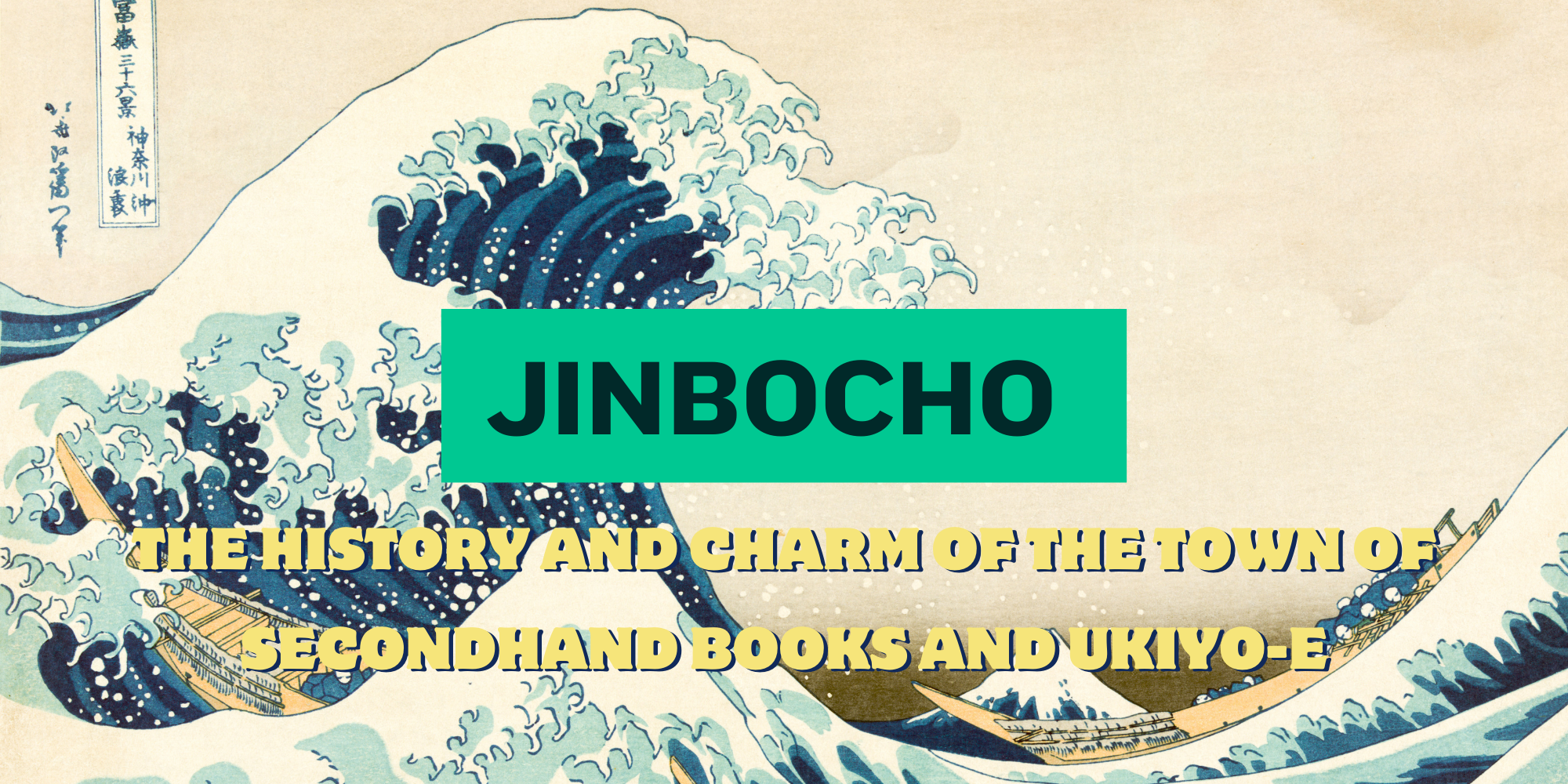Overview
Proper packaging is crucial when exporting goods to minimize risks of loss or damage during transport. Different packaging types suit various cargoes and budgets. This article covers the definition, types, and arrangement methods for export packaging, provided by Forwarding Service Japan.
What is Export Packaging?
Export packaging involves preparing goods for long-distance transport in containers or aircraft cargo holds. Unlike domestic shipping, international transport often involves longer distances and more frequent handling, necessitating careful and compliant packaging.
Tips for Export Packaging
Air transport favors lightweight packaging, while sea transport requires robust packaging. For LCL shipments, proper packaging is essential to ensure acceptance at container freight stations. Wooden packaging materials must comply with international standards like ISPM no.15 to prevent pest contamination. This standard requires heat treatment or methyl bromide fumigation, marked with an approved stamp to certify disinfection.
Types of Export Packaging
- Sealed Wooden Box (Case Packing): Provides excellent moisture and impact protection, suitable for heavy and fragile items.
- Crate Packing: Slatted wooden frames allow visibility of contents, ideal for items needing inspection.
- Steel Packing: Offers high protection and space efficiency, used for heavy or large items.
- Bundle Packing: Ties items together, suitable for long, robust items like pipes.
- Pallet Packing: Stacks goods on pallets, used for smaller, manually handled items.
- Skid Packing: Similar to pallet packing but simpler, for robust items.
- Reinforced Cardboard: Provides more protection than regular pallet packing, lightweight and easy to handle.
- Humidity Barrier Wrapping: Protects metal products from moisture and rust during sea transport.
Arranging Export Packaging
For FCL shipments, packaging can be done at the exporter’s site or at a forwarder’s warehouse. For LCL shipments, proper packaging is essential for safe transport. It is advisable to consult with a forwarder to determine the best packaging and shipping methods.
Conclusion: Understanding and Applying Proper Export Packaging
Appropriate packaging is crucial for exporting goods to minimize risks during long-distance transport. Alongside packaging, choosing the right container is vital for sea transport. Feel free to consult Forwarding Service Japan for any inquiries about the best packaging and shipping methods for your goods.
Recent Posts
Popular Motorcycles in Japan
Introduction Japan is one of the leading countries in the manufacturing and sales of motorcycles. With numerous renowned manufacturers, Japanese motorcycles are highly regarded for their high quality and reliability both domestically and internationally. Here, we...
Specialties and Tourist Attractions of Gunma Prefecture
Overview of Gunma Prefecture Gunma Prefecture, located in the Kanto region of Japan, is a captivating area known for its beautiful natural landscapes, hot spring resorts, and historical landmarks. Surrounded by mountains and rich in natural beauty, Gunma offers a...
Specialties and Tourist Attractions of Tochigi Prefecture
Overview of Tochigi Prefecture Tochigi Prefecture, located in the Kanto region of Japan, is a captivating area with a rich blend of natural beauty and historical landmarks. The region attracts many tourists with its abundant natural environments and traditional...
The Charm and Recommendations of Japanese Cosmetics
Features of Japanese Cosmetics Japanese cosmetics are highly regarded worldwide for their high quality and effective ingredients. Especially in skincare, Japanese products often combine natural ingredients with the latest...
Japanese Blades: Tradition and Allure
The History of Japanese Blades Japanese blades boast a long history and advanced techniques dating back to ancient times. As the manufacturing techniques of Japanese swords evolved, various blades for different purposes also developed. Japanese blades are highly...
The Charm and Recommendations of Japanese Sweets
The Charm of Japanese Sweets Japanese sweets are beloved worldwide for their beautiful appearance and delicate flavors. From traditional wagashi to modern sweets, Japan offers a wide variety of treats that are extremely popular with tourists. Here, we introduce some...
Local Specialties and Tourist Attractions in Hanno
Overview of Hanno City Hanno City, located in the southwestern part of Saitama Prefecture, is a charming area known for its rich nature, historical landmarks, and delicious local specialties. Here, we will introduce the local specialties and tourist attractions of...
Saitama’s Local Specialties and Tourist Attractions
Overview of Saitama Prefecture Saitama Prefecture, located north of Tokyo, is a charming region known for its rich nature, historical landmarks, and delicious local specialties. Here, we will introduce Saitama's local specialties and tourist spots. Local Specialties...
Jinbocho: The History and Charm of the Town of Secondhand Books and Ukiyo-e
The History of Jinbocho Jinbocho, located in Chiyoda-ku, Tokyo, is known as a town of secondhand and academic books. From the Meiji era to the early Showa era, many universities and publishers gathered in this area, naturally developing Jinbocho into a book town....










